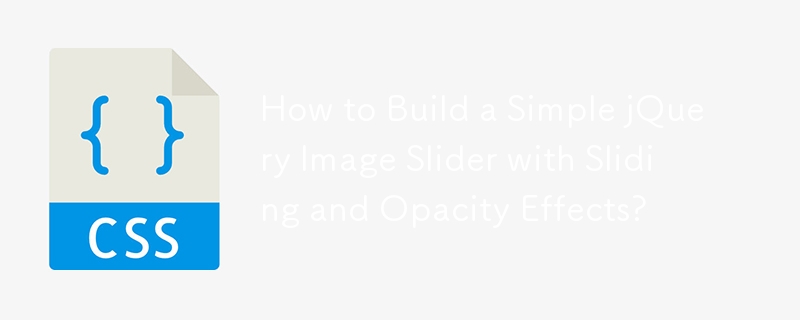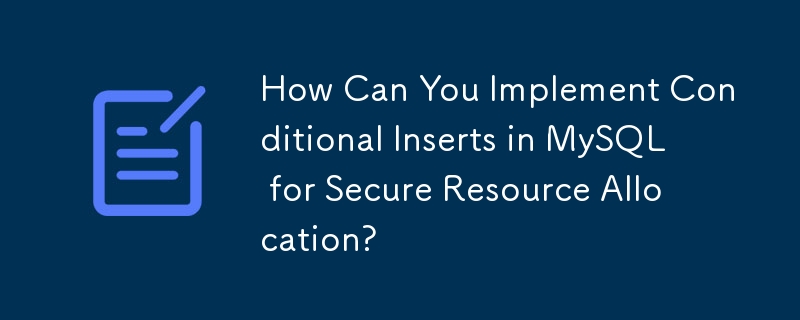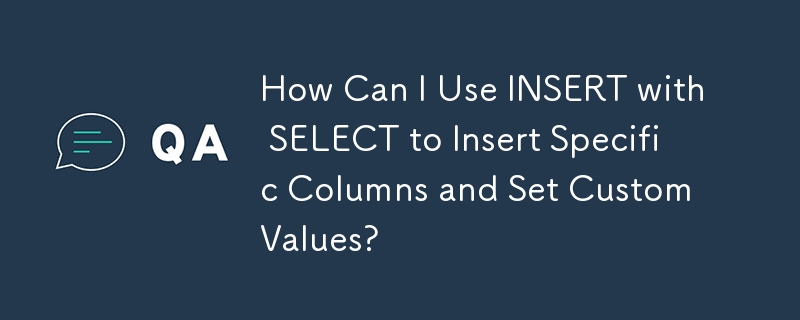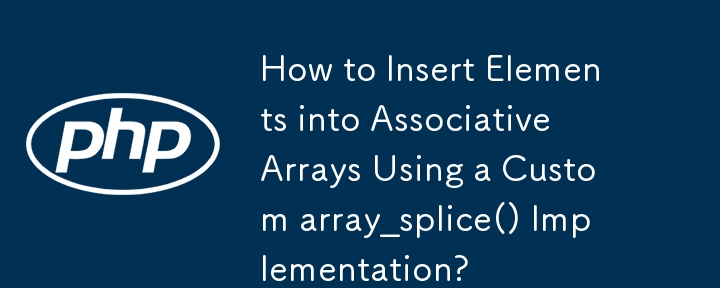Found a total of 10000 related content
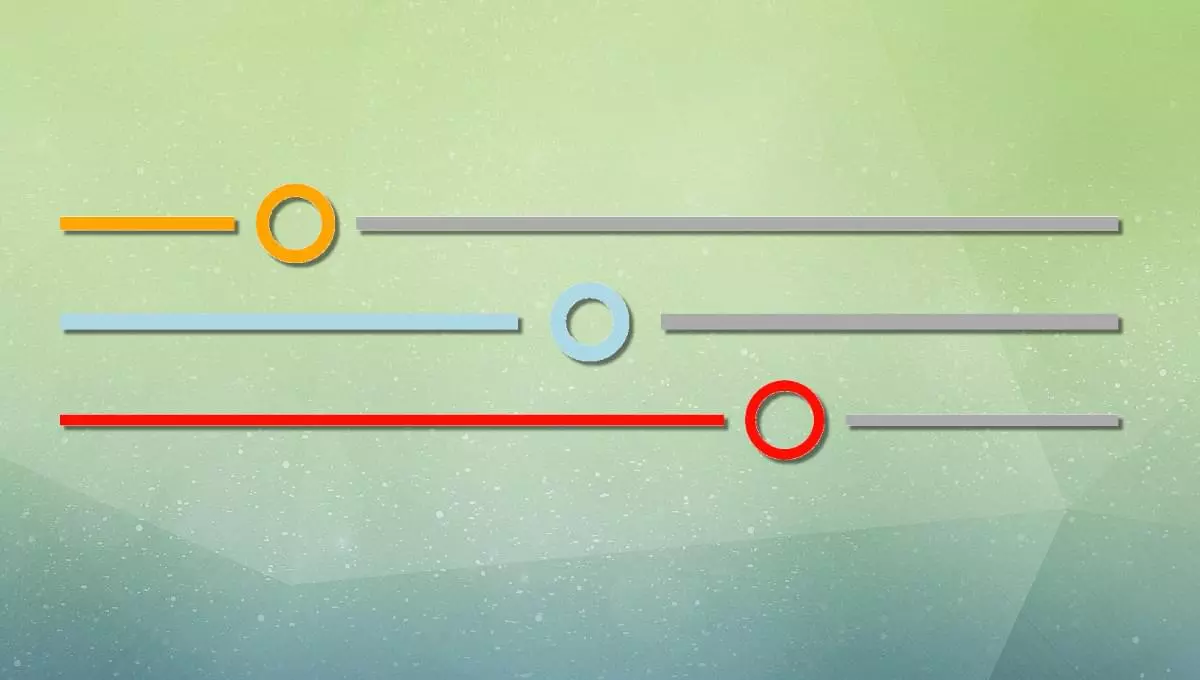
How to Create a Custom Range Slider Using CSS
Article Introduction:Pure CSS creates cool custom range sliders: no JavaScript required, both accessibility
This article will demonstrate how to create custom scope sliders using only CSS and native HTML elements without relying on JavaScript while ensuring accessibility. Tutorials cover ways to customize input elements, including resetting and disabling browser default styles, setting slider styles, and creating sliding gradient effects using border-image. In addition, it will be explained how to add subtle animations to enhance user interaction, such as converting the slider from a border-only circle to a full circle when clicked, and darkening the color when hovered. This technology retains native features and supports keyboard navigation, providing a versatile function for custom range sliders
2025-02-09
comment 0
827


10 jQuery Responsive Demos
Article Introduction:This post showcases ten impressive jQuery responsive demos, including Flexisel, an animated responsive image grid, Camera slideshow, Isotope, Response.js, LAYERSLIDER 5, a custom responsive grid, Elastislide, Jssor Slider, and ThumbFx. These tools p
2025-02-22
comment 0
707

How to create a range slider in HTML?
Article Introduction:To create a scope slider, use HTML tags. 1. Set the min and max attributes to define the numerical range; 2. Use value to specify the initial value; 3. Use step to control the step length to limit the optional numerical interval; 4. Use scale marks to improve visual interaction; 5. Use JavaScript to obtain and respond to changes in slider values, and often use input or change events to listen to user operations; 6. Pay attention to practical application issues such as mobile compatibility, barrier-free support and custom styles.
2025-07-06
comment 0
718

Error bars in Excel: standard and custom
Article Introduction:This tutorial demonstrates how to create and utilize error bars within Microsoft Excel. You'll learn to quickly insert standard error bars, construct custom error bars, and even generate error bars of varying sizes reflecting individually calculated
2025-04-05
comment 0
734
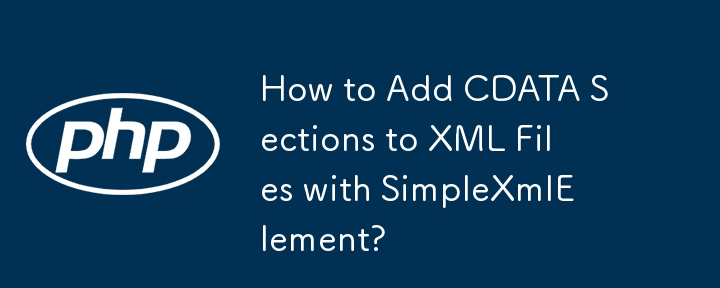
How to Add CDATA Sections to XML Files with SimpleXmlElement?
Article Introduction:This article provides a custom PHP class, SimpleXMLExtended, which extends the SimpleXMLElement class to add CDATA sections to XML files. It includes a specific example of how to use this class to insert CDATA into an XML document, resolving the issu
2024-10-23
comment 0
1027

Notepad Tips and Tricks: Hidden Features You Didn't Know
Article Introduction:Notepad supports line wrapping, regular expression search, time/date insertion, recovery of closed files and custom fonts and colors. 1) Enable automatic line wrap: Format -> automatic line wrap. 2) Use regular expression search: Ctrl H->Check "Use regular expressions"->Enter regular expressions. 3) Insert the current time and date: F5. 4) Restore closed file: File->Recently used file. 5) Custom fonts and colors: Format -> Fonts.
2025-04-02
comment 0
552
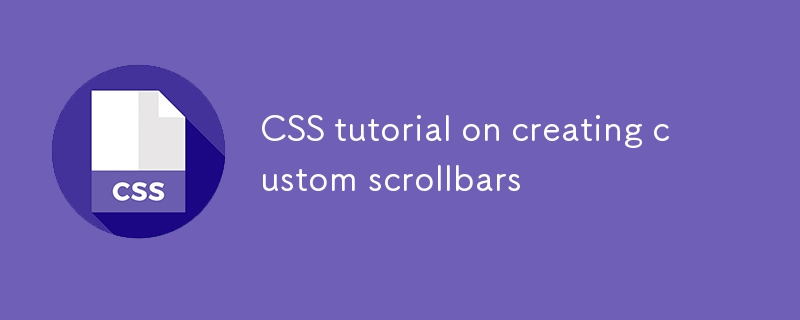
CSS tutorial on creating custom scrollbars
Article Introduction:Custom scrollbars can be implemented through CSS, mainly using ::-webkit-scrollbar pseudo-element, suitable for Webkit browsers. 1. Use ::-webkit-scrollbar to set the overall width; 2.::-webkit-scrollbar-track to define the track background; 3.::-webkit-scrollbar-thumb to set the slider style; 4. You can adapt to Firefox through scrollbar-width and scrollbar-color. Supported browsers include Chrome, Edge, Safari and Opera. Firefox requires alternative attributes, IE/E
2025-07-02
comment 0
991
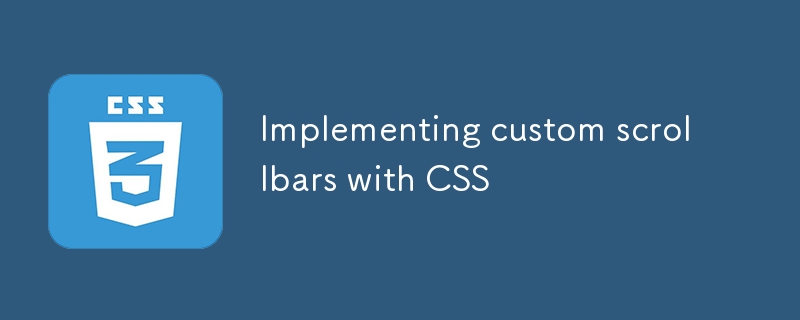
Implementing custom scrollbars with CSS
Article Introduction:To set custom scrollbar styles in Chrome and Edge, use the ::-webkit-scrollbar pseudo-element; in Firefox, use the scrollbar-width and scrollbar-color properties. 1. For Webkit browser, set the overall width of the scrollbar by defining::-webkit-scrollbar, set the track style of::-webkit-scrollbar-track, set the slider style of::-webkit-scrollbar-thumb; 2. For Firefox, use scrollbar-width to control the scrollbar width, scroll
2025-07-07
comment 0
1008

How to insert code in wordpress
Article Introduction:WordPress provides a variety of methods to insert code, depending on the code type: Insert text widget: suitable for displaying small pieces of code or HTML snippets, implemented by dragging and dropping the "Text" widget; Edit page or article: suitable for inserting CSS, JavaScript, or PHP code, click the "Text" tab to paste the code; Use code blocks: suitable for inserting syntax-highlighted code blocks, enter language and paste the code after pasting the code; Insert code in theme functions: suitable for inserting custom functions or modifying theme behavior, pasting the code at the bottom of the functions.php file.
2025-04-20
comment 0
855

How to create a custom gradient in Photoshop
Article Introduction:The key to creating a custom gradient in Photoshop is to master the use of the gradient editor. 1. First select the gradient tool (shortcut key G), click the top preview bar to open the "Gradge Editor"; 2. Click "New" in the editor to start customization, and you can also modify the style in the built-in gradient library; 3. Set color transition by adding, deleting and dragging the color slider, and double-clicking the slider to select specific colors; 4. Adjust the opacity stop point to control the transparency changes, click the diamond icon to add the transparency node; 5. Select linear, radial and other types in the gradient tool options to match design needs, and you can get started quickly after you are proficient.
2025-07-07
comment 0
359

How to automatically complete code in vscode
Article Introduction:VSCode enables automatic code completion using Ctrl Space (Windows/Linux) or Cmd Space (macOS), which provides suggestions and allows selection via arrow keys or Tab keys, and finally press Enter to insert. It supports advanced features such as intelligent perception, type-based suggestions, and custom snippets, and can also be extended through extensions.
2025-04-16
comment 0
947

How to create a custom shortcode in WordPress
Article Introduction:The steps to create a custom shortcode in WordPress are as follows: 1. Write a PHP function through functions.php file or custom plug-in; 2. Use add_shortcode() to bind the function to the shortcode tag; 3. Process parameters in the function and return the output content. For example, when creating button shortcodes, you can define color and link parameters for flexible configuration. When using it, you can insert a tag like [buttoncolor="red"url="https://example.com"] in the editor, and you can use do_shortcode() to model it
2025-07-02
comment 0
467

How to Use Code Snippets in Atom
Article Introduction:Atom Editor Code Snippet: Efficient Code Reuse Tool
Code snippets are reusable code blocks that can quickly insert program files and are the core function of Atom text editor. Predefined fragments are usually provided with Atom packages and language syntax.
Custom snippets.cson files located in your ~/.atom folder. They require language identifiers, names, trigger text, and fragment body code (optional tabs).
Fragments can be used in any programming language supported by Atom, just specify the correct scope of the language when defining the fragment. They can contain variables and can be used to insert common code blocks, saving time and ensuring code consistency.
Code snippets are a process you can insert quickly
2025-02-19
comment 0
1062

How do I use code snippets in Sublime Text?
Article Introduction:Using SublimeText's code snippet function can insert commonly used codes through quick trigger words, significantly improving coding efficiency. To create a custom fragment, perform the following steps: 1. Click Tools>Developer>NewSnippet…; 2. Define the content and trigger words in the template; 3. Save it as a .sublime-snippet file in the Packages/User folder. For example, after entering divc, pressing the Tab key can insert an HTMLdiv tag with class and content placeholders. In addition, you can view the current file type by opening the Command Panel (Ctrl Shift P) and entering "InsertSnippet"
2025-07-12
comment 0
599
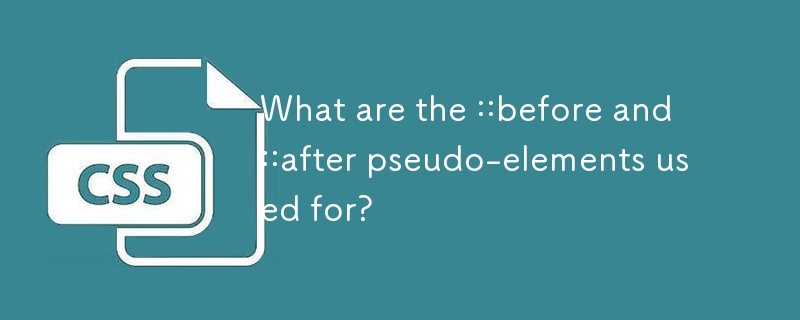
What are the ::before and ::after pseudo-elements used for?
Article Introduction:CSS's ::before and ::after pseudo-elements are used to insert decorative content or auxiliary layouts before and after the element content. Common uses include: 1. Add decorative elements such as icons, separators or custom bullets; 2. Insert context-related text or symbols such as external link logos or chapter numbers; 3. Clear floats to solve layout problems (old technology); 4. Implement silhouettes, borders and other style effects without adding HTML tags. Both can be styled independently and used in conjunction with positioning, but content added through the content property cannot be selected or reliable access to the screen reader and should not contain critical information.
2025-06-23
comment 0
292


